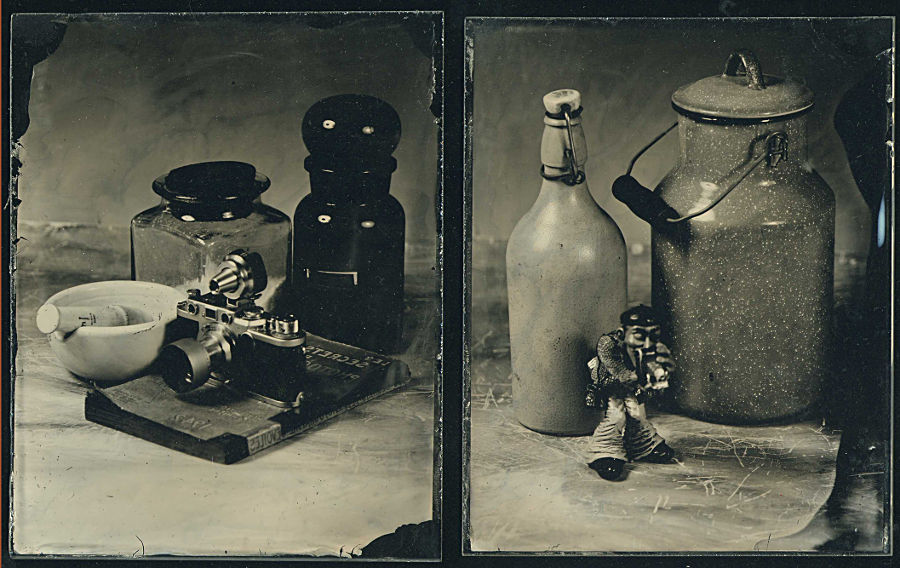LIGHTMEASURE PPM2: a hand-held UV meter
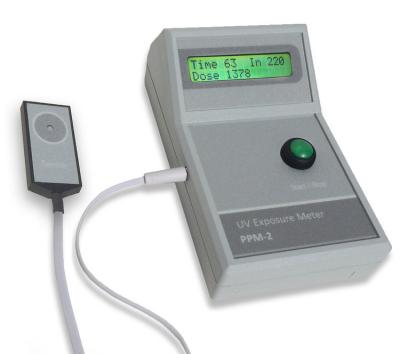
Please note! This UV-light meter is no longer manufactured. Interested parties should therefore try to find one on the
second-hand market
Ian Parker at LightMeasure.com builds and sells a one-of-a-kind UV meter, designed specifically for artists who work with UV-sensitive media.
For details, see his website
Once established your “target UV dose” for your light source/medium combination of choice in the usual manner (using test strips), making
further prints – even later on – is easy: you simply use the meter to monitor the quantity of UV radiation received during the exposure step and
stop when you reach your target dose. Especially interesting for exposures under sunlight (of essentially variable intensity under our latitudes).
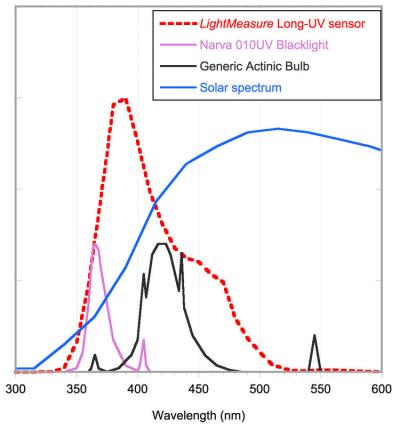 The PPM2 sensor measures only the UV wavelengths between 350 - 490 nm while not responding to visible light.
The PPM2 sensor measures only the UV wavelengths between 350 - 490 nm while not responding to visible light.
Several members of Picto purchased one, tested it and have found that the meter is working well, is user-friendly and well built..
You can read more about their impressions here
Ian is contemplating a new production run, if he can get enough pre-orders.
If interested, contact him asap without obligation via the contact form of his website
An interesting application.
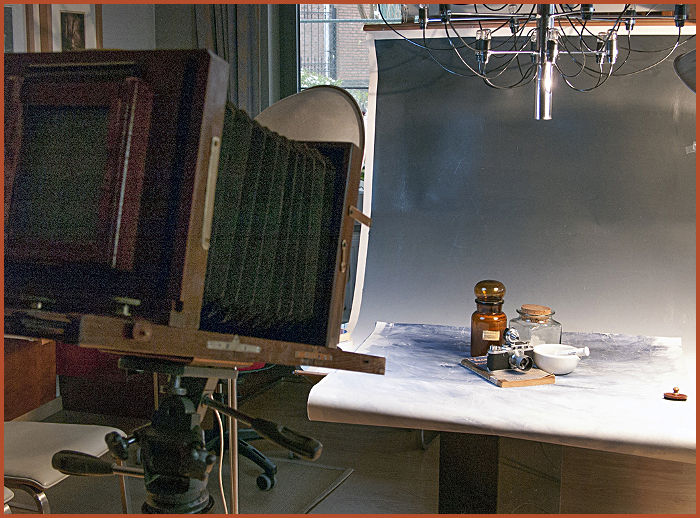
René Smets had been looking since quite some time for a simple but efficient method of exposing his collodion plates and his
daguerreotypes when shooting outdoors. Both techniques require long exposure times, which can cause problems when clouds are causing
important light fluctuations..
He did the following test with this meter.
First a number of exposures with his usual method:
ISO set to 6, aperture to 8, measured light 8 EV. The exposure time giving correct plates was 3'25"...
For the following exposures, he fixed the light meter's sensor near the lens, started the meter at the beginning of the exposure, and let it run for its
duration.
Result: At the measured intensity of 169 and for the exposure time of 205 seconds (3'25 "), the plate received a UV dose of “35”
Next, a plate was exposed, regardless of the exposure time, until the dose reached the number 35 (the "target dose"). This plate was also correctly
exposed.
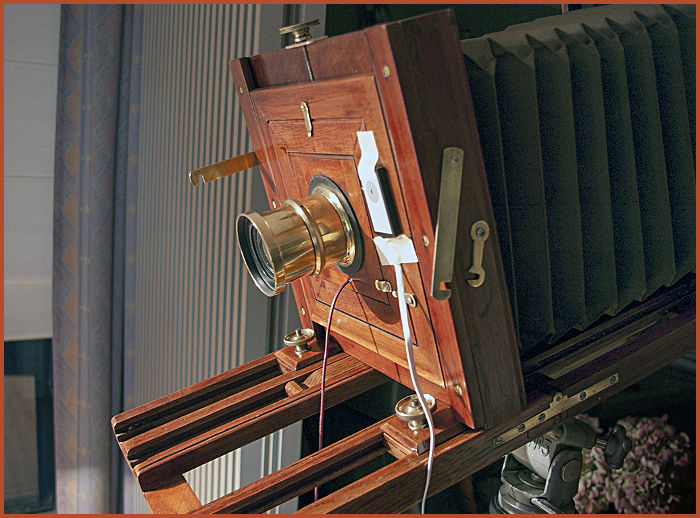 For the next shot, in order to simulate completely different light conditions, a facial tanner was added to the lighting used. The measured intensity was
then 226 instead of 169.
For the next shot, in order to simulate completely different light conditions, a facial tanner was added to the lighting used. The measured intensity was
then 226 instead of 169.
The new plate was exposed until the previously defined target dose (35) was reached. This required an exposure time of 156 seconds (instead of 205 seconds
without the facial tanner). This plate was also perfectly exposed ...
René's conclusion::
This meter is a great help, especially when the lighting is unstable, and you want to do wet collodion or daguerreotypes on the outside. I am very
satisfied with this purchase and this investment, which will save me a lot of trouble.
